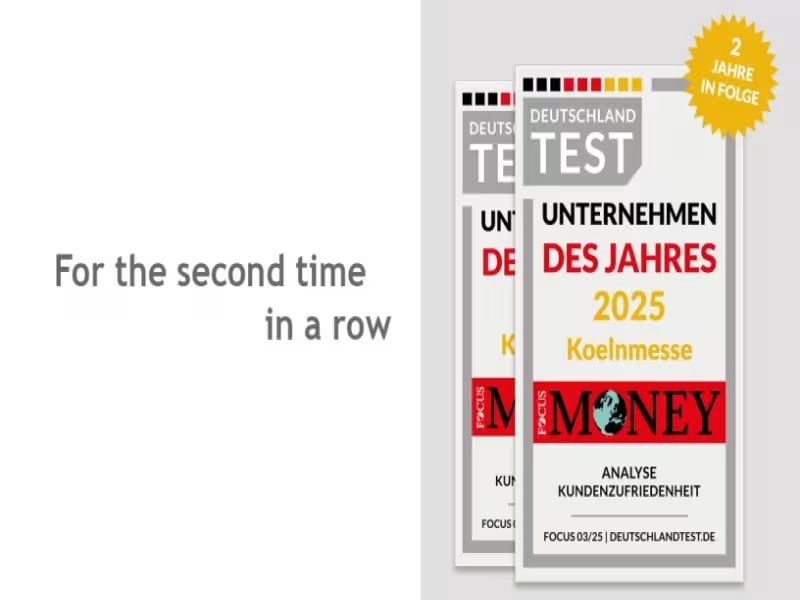
SHERIDAN, WYOMING – May 5, 2025 – In the evolving landscape of restorative dentistry, post-endodontic restoration has emerged as a cornerstone of long-term tooth preservation strategies, offering clinicians and patients alike a pathway to restore function, aesthetics, and durability following root canal therapy. New insights from recent clinical literature highlight the increasing relevance of this specialized restorative approach for practitioners focused on optimizing patient outcomes and return on investment in dental care.
Driving Longevity Through Strategic Restoration
Root canal therapy, while successful in eliminating infection and preserving natural teeth, often leaves the tooth structure weakened. According to research, this structural compromise makes teeth more prone to fractures and reinfection if not properly restored. Clinicians are therefore prioritizing post-endodontic restoration to mitigate these risks and extend the functional life of treated teeth.
"Unrestored endodontically treated teeth have a higher incidence of fracture, resulting in possible tooth loss,” one study noted, emphasizing the protective and structural role of immediate restoration.
Beyond mechanical reinforcement, post-endodontic restorations also serve a vital biological purpose. They create a seal that helps prevent bacterial contamination—critical for protecting surrounding periodontal tissues and ensuring treatment longevity.
Tailored Restoration Approaches Based on Clinical Needs
Restorative choices are determined by tooth type (incisor, canine, premolar, molar), coronal damage, and aesthetic priorities. The market categorizes restorations into:
- Direct Restorations: Single-visit procedures using composite resins, ideal for patients with sufficient remaining tooth structure.
- Indirect Restorations: Crowns and inlays fabricated externally and cemented later, offering superior structural support for extensively damaged teeth.
Indirect crowns—metal, porcelain-fused-to-metal (PFM), and all-ceramic—are gaining traction based on their distinct advantages:
- Metal crowns: High durability and resistance under heavy occlusal forces.
- All-ceramic crowns: Superior aesthetics, suitable for anterior regions.
- PFM crowns: Aesthetic-functional hybrid, balancing strength with visual appeal.
Key Determinants of Restoration Success
Successful post-endodontic restorations hinge on a convergence of material selection, procedural execution, and pre-existing tooth condition. Clinical research underscores several pivotal factors:
- Remaining Tooth Structure: Heavily damaged teeth may require a post inserted into the root canal to anchor the final restoration, though this approach must be balanced to avoid root weakening.
- Root Canal Therapy Quality: Inadequate sealing or residual infection can jeopardize restorative success. Biocompatible materials and meticulous canal filling are critical to long-term health.
- Material Matching: Composite resins offer affordability and aesthetic value but may lack the resilience of ceramic or metal in molar zones.
- Practitioner Expertise: Outcomes are directly tied to clinical skill. “Studies have shown that clinician experience can significantly influence the longevity of the restoration,” reinforcing the value of specialized training and experience in complex restorative procedures.
Industry Implications and Strategic Outlook
The rising emphasis on post-endodontic restoration aligns with broader trends in patient-centric, preventative dentistry. As demand for durable, aesthetic, and biologically compatible solutions grows, dental professionals are integrating advanced restorative protocols as a standard practice following root canal therapy.
This evolution marks a shift from reactive treatment to proactive preservation—minimizing the risk of retreatment, enhancing patient satisfaction, and ultimately reducing long-term healthcare costs.
Conclusion: Optimizing Outcomes with Evidence-Based Restoration
For dental practitioners and industry stakeholders, embracing the full spectrum of post-endodontic restoration options is no longer optional—it’s a strategic imperative. The synergy of correct material selection, sound clinical technique, and individualized treatment planning will continue to define success in restorative dental care.
Learn more about best practices and the latest clinical insights at fairsonline.org.